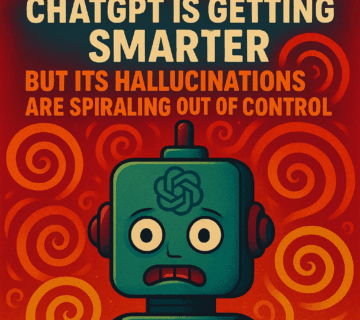
GPT Hallucination Trends: Tracking AI’s Struggle with Factual Accuracy
GPT hallucination trends highlight a persistent challenge in large language models—generating responses that appear confident but are factually incorrect or entirely fabricated. As GPT-based tools are increasingly adopted across industries, from customer service to content creation, identifying and addressing these inaccuracies has become a priority. Hallucinations often arise due to gaps in training data, ambiguous prompts, or the model’s attempt to fill in unknowns plausibly. Recent advancements focus on improving grounding techniques, real-time fact-checking, and retrieval-augmented generation to reduce hallucination rates. Understanding these trends is crucial for deploying GPT responsibly, ensuring outputs remain both accurate and trustworthy in real-world applications.
